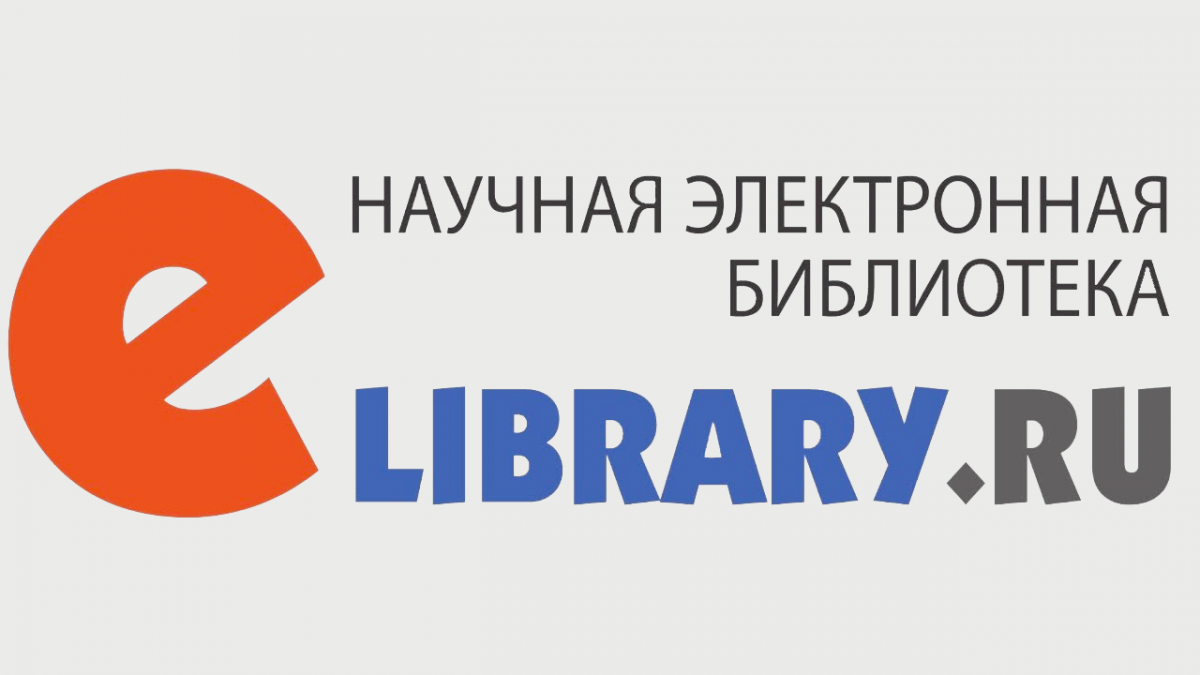Integration of cognitive and motor activities of preschoolers during physical education classes
ˑ:
PhD, Associate Professor G.V. Shvets1
PhD, Associate Professor E.D. Mitusova1
I.N. Stolyarova2
PhD, Associate Professor, Associate Professor N.B. Chitaykina1
1State University of Humanities and Social Studies, Kolomna, Moscow Region
2Center of Child Development - Raduga Kindergarten, Kolomna, Moscow Region
Objective of the study was to identify the peculiarities of integration of cognitive and motor activities affecting the formation in preschoolers of motivation for physical practices.
Methods and structure of the study. The educational experiment was carried out at the premises of Municipal Budgetary Preschool Educational Institution Pre-Kindergarten – Kindergarten "Raduga" in Kolomna city. The sampling was divided into the Control (CG) and Experimental (EG) Groups, 25 children each. We developed a methodology of using N. Zaitsev’s cubes during physical education classes for preschool children of senior and preparatory groups (5-7 years).
Results of the study and conclusions. Integration of physical education with reading practices leads to the development of children’s imagination and creativity during motor activity, improves their ability to work in a team, enhances phonemic perception. It also contributes to the mastery of coherent speech and enlarges vocabulary. Integration of cognitive and motor activities of preschoolers in physical education facilitates an effective solution to both health-related and educational problems. This approach contributes to the formation in preschoolers of motivation for physical education classes, as well as increases the effectiveness of development of general learning and reading skills. Motivation is formed when physical education classes arouse vivid interest of preschoolers in learning material and when the set goal is achieved by a child. Intense motor activity strengthens health, contributes to the versatile development of children.
Keywords: preschoolers, physical education process, new approaches and innovative technologies.
References
- Izaak S.I., Panasyuk T.V., Komissarova E.N., Izaak S.I. [ed.] Doshkolniki: rost, razvitie, individualnost [Preschoolers: growth, development, personality]. M.-St. Petersburg: Arden publ., 2005. 210 p.
- Ishmukhametov M.G. Netraditsionnye sredstva ozdorovleniya detey [Unconventional means of children's health]. Nachalnaya shkola, 2005. no.1. p. 91.
- Kubiki Zaytseva. Komplekt dlya doma, gruppy, klassa [Zaitsev Cubes. Home, group, class Kit ]. Study guide. 4th ed. St. Petersburg: Metodiki N. Zaytseva publ.. 2005. 131 p.
- Veraksy N.E., Komarova T.S., Vasilieva M.A. [ed.] Ot rozhdeniya do shkoly. Primernaya obscheobrazovatelnaya programma doshkolnogo obrazovaniya [From birth to school. Sample general preschool education program]. M.: Mozaika-Sintez publ., 2014. 352 p.
- Pravdov M.A., Antonov A.A. Integratsiya dvigatelnoy i poznavatelnoy deyatelnosti detey v doshkolnom obrazovatelnom uchrezhdenii [Integration of motor and cognitive activity of children in preschool educational institution]. Vestnik Baltiyskogo federalnogo universiteta im. I. Kanta. 2010. no. 5. pp. 48-51.
- Shvets G.V. Sotsialnaya rol sporta v formirovanii i sotsializatsii lichnosti [Social role of sport in personality formation and socialization]. «Chelovek, zdorove, fizicheskaya kultura i sport v izmenyayushchemsya mire [Man, health, physical education and sport in a changing world]. Proc. 25th practical conference. Kolomna: GSGU publ., 2015. pp. 721-723.

